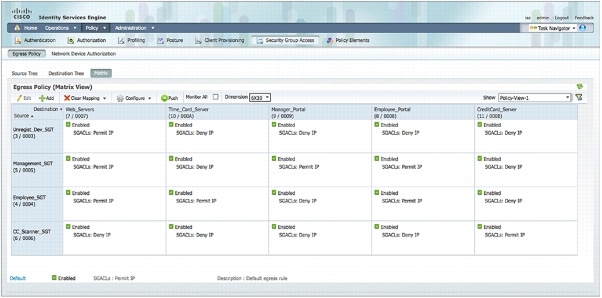MACSec helps assure ongoing network operations by identifying unauthorized stations on a LAN and preventing communication from them. It protects control protocols that manage bridged network and other data through cryptography techniques that authenticate data origin, protect message integrity, and provide replay protection and confidentiality. By assuring that a frame comes from the station that claimed to send it, MACSec can mitigate attacks on Layer 2 protocols. The proposed standard safeguards communication between trusted components of the network infrastructure by providing hop-by-hop security. This distinguishes it from IPSec, which protects applications on an end-to-end basis. Network administrators make use of MACSec by configuring a set of network devices to use the protocol.
When a frame arrives at a MACSec station, the MACSec Security Entity (SecY) decrypts the frame if necessary and computes an integrity check value (ICV) on the frame and compares it with the ICV included in the frame. If they match, the station processes the frame as normal. If they do not match, the port handles the frame according to a preset policy, such as discarding it.
802.1AE provides encapsulation and the cryptography framework for Ethernet protection. It requires supporting protocols for key management, authentication and authorization. To meet this need, the IEEE is defining an additional standard, 802.1af MAC Key Security, an extension of 802.1X that manages short-lived session keys used to encode and decode messages. An initial key, or master key, is typically obtained by an external method such as 802.1X and IETF's Extensible Authentication Protocol. A third related protocol under development is 802.1AR, Secure Device Identity, which ensures the identity of the trusted network component.
Currently, Cisco incorporates MACSec as a security feature under the Cisco TrustSec Framework
Reference: http://www.networkworld.com/details/7593.html?def
More about Cisco TrustSec Architecture

Good info thanks, much better than reading ieee website
ReplyDelete